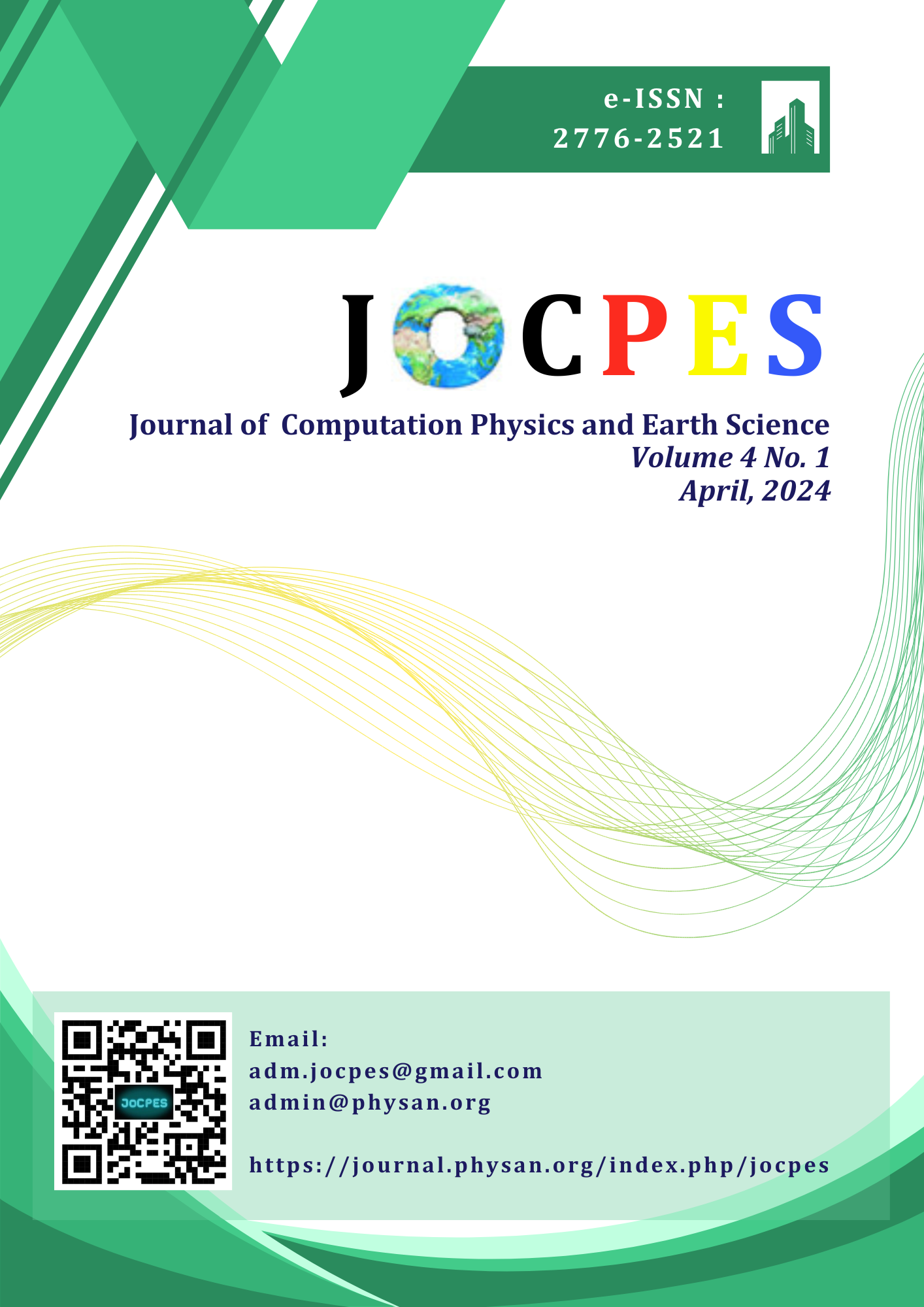Integrated of a Real-Time Flood Monitoring System with AI-Based Sensors in North Pantura Java
Main Article Content
Abstract
This research focuses on the development and implementation of an Internet of Things (IoT)-based system for predicting tidal flood (banjir rob) using sensor data and machine learning techniques. The system utilizes sensors such as ultrasonic sensors (HC-SR04), DHT11 (for temperature and humidity), connected to an ESP32 module for real-time data collection. The collected data is sent to the ThingSpeak platform for storage and analysis. A machine learning model, specifically a Random Forest Regressor, is trained on historical data from ThingSpeak to predict the flood height based on environmental factors such as temperature and humidity. To enhance the practicality of the system, a Telegram bot is integrated to provide real-time flood predictions directly to users. The system fetches the latest sensor data, predicts the flood height, and sends this information via the Telegram bot. The machine learning model is evaluated using metrics such as R2 score and Mean Squared Error (MSE), ensuring accurate and reliable predictions for flood monitoring. This approach presents a low-cost, real-time, and scalable solution to predict tidal floods in coastal regions. The system's integration of IoT, cloud computing, and machine learning offers a powerful tool for local authorities, disaster management teams, and residents to monitor and prepare for potential flood events. The research highlights the potential of combining IoT technology with AI to enhance environmental monitoring and early warning systems in flood-prone areas.
Downloads
References
BNPB, “profil bencana indonesia,” BNPB. [Online]. Available: https://dibi.bnpb.go.id/home/index2
S. Gitakarma, “Peranan Internet of Things Dan Kecerdasan Buatan Dalam Teknologi Saat Ini,” J. Komput. dan Teknol. Sains, vol. 1, no. 1, pp. 1–8, 2022.
Hafidin Bangun Widyanto, “Sistem Monitoring Kecepatan Dan Arah Angin Berbasis Internet of Thing (Iot) Sebagai Peringatan Dini Bencana Alam,” Univ. Brawijaya, no. 1, pp. 58–66, 2024. “pengertian-arsitektur-IoT-menurut-para-ahli-1024x632.”
E. Systems, “E-BOOK ESP32 Series Datasheet,” Espr. Syst., pp. 1–60, 2021, [Online]. Available: https://www.espressif.com/sites/default/files/documentation/es p32_datasheet_en.pdf
S. Anwar, “Rancang Bangun Sistem Deteksi Perubahan Signifikan Pasang Surut Air Laut Berbasis Internet of Thing (Iot),” J. Inform. dan Tek. Elektro Terap., vol. 12, no. 3, 2024, doi: 10.23960/jitet.v12i3.5109.
J. Smot, “The Basics of Ultrasonic Sensors,” same sky.
E. J. Morgan, “HC-SR04 ETC2 | Alldatasheet,” pp. 1–6, 2014, [Online]. Available: https://pdf1.alldatasheet.com/datasheet/pdf/view/1132203/ETC2/HC-SR04.html
L. Guangzhou Aosong Electronics Co, “Modul Suhu dan Kelembapan DHT11”, [Online]. Available: www.aosong.com
T. Liu, “Aosong Electronics Co ., Ltd,” Digit. Relat. humidity Temp. sensor/module(DHT22), vol. 22, pp. 1–10, 2013.
MIro, “Diagram Flows,” Miro. [Online]. Available: https://miro.com/welcomeonboard/M0RacFowWVlUU2puc1N FQXBTSUJrbE5wWGdRSHhWR2U2MDF2cHdOb0lneUdne FBTeTI4TFU5cmdwTFZxSXpsblp0YXVYZ1FyRDVCNVhw S0pOMk5BdXRKMzlVVXdHZGw4NVc1dFhQaXY5dFFRZXFTWmRjNDZsM1NLR3ovUHpKaTchZQ==?share_link_id=346092488239
M. M. Ali, T. Hariyati, M. Y. Pratiwi, and S. Afifah, “Metodologi Penelitian Kuantitatif dan Penerapannya dalam Penelitian,” Educ. Journal.2022, vol. 2, no. 2, pp. 1–6, 2022.

